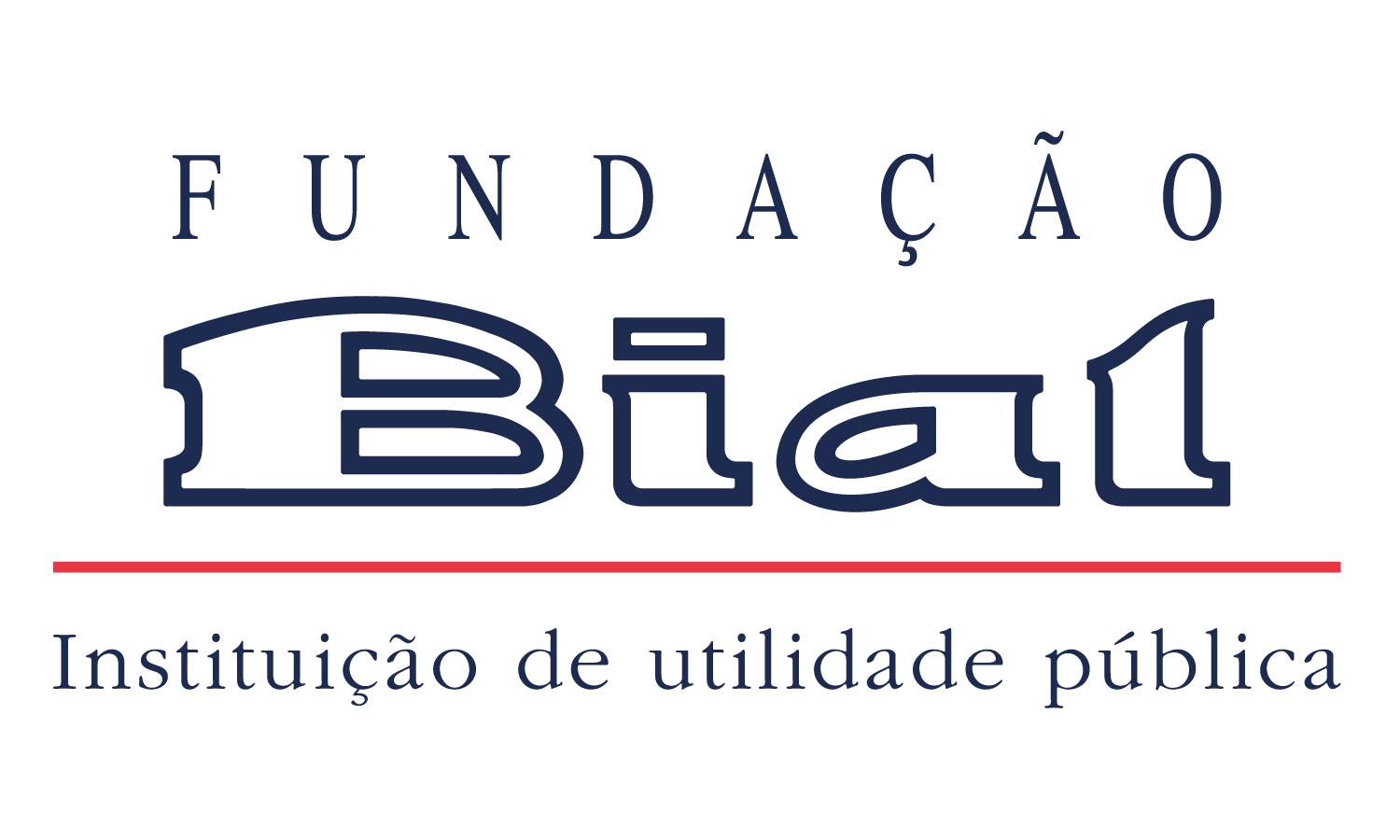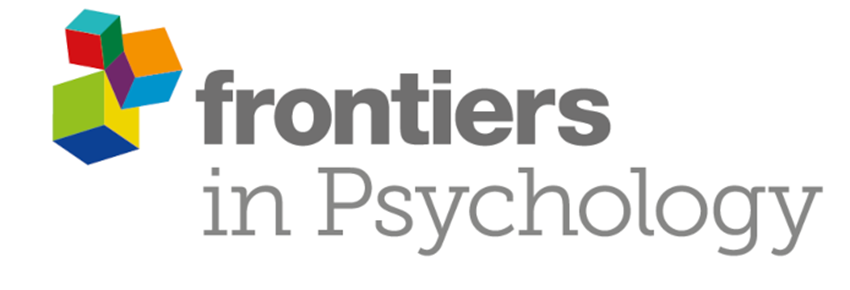Pascal Michael e colaboradores analisaram as semelhanças e diferenças entre uma EQM, durante um estado de coma, e uma experiência induzida por uma droga psicadélica endógena (5-MeO-DMT). De forma global, observou-se um elevado nível de comparabilidade entre a EQM e a experiência psicadélica, emergindo temas comuns, tais como, transcendência do espaço-tempo, dissolução do ego e amor universal. No entanto, também surgiram temas específicos nas EQM que não estavam presentes na experiência psicadélica, designadamente revisão da vida, encontro com uma entidade falecida e limiar sem retorno. Apesar das convergências observadas em vários domínios, ambas experiências foram consideradas como totalmente diferentes pelo participante. Para saber mais sobre este estudo, consulte o artigo This is your brain on death: a comparative analysis of a near-death experience and subsequent 5-Methoxy-DMT experience publicado na revista científica Frontiers in Psychology, no âmbito do projeto de investigação 359/18 - DMT and Epileptiform activity as an integrative model of the Near-Death Experience: A phenomenological, psychometric and psychophysiological study, apoiado pela Fundação BIAL.
ABSTRACT
Introduction: Much research has focused on the modeling of the near-death experience (NDE) by classical and atypical psychedelics; however, to date, no study has reported on the relationship between the NDE and the experience induced by the highly potent, endogenous psychedelic drug 5-Methoxy-DMT (5MeO-DMT). This article presents a case study of an individual who is popularly documented to have had a profound near-death experience while in a coma caused by bacterial meningoencephalitis. Additionally, the individual also subsequently underwent an experience with 5MeO-DMT.
Methods: A semi-structured interview was conducted with the subject concerning his experiences with both the NDE and 5MeO-DMT. A basic thematic analysis was performed on both the original text describing the NDE as well as the interview itself, which mainly focused on the subject's experience with 5MeO-DMT. This analysis was organized to identify both the similar and different emergent themes between the two states, with a particular emphasis on the subject's perceptions of the similarities and differences between the experiences.
Results: There is a very high level of comparability between the original NDE and psychedelic experiences in general, including shared characteristics such as entering other worlds, meeting menacing or benevolent entities, experiencing synesthesia, perinatal regression, and lucid dreamlike properties. Much comparability was also identified with the 5MeO-DMT experience, in particular the major mystical experiential domains, such as ego dissolution, but especially transcendence of time and space. However, there were also a few unique themes (life review, the deceased, and the threshold) that emerged in the NDE that were not present in the 5MeO-DMT experience or other psychedelic experience studies, suggesting that these themes may be more unique to the NDE.
Discussion: Despite such similarities, the participant asserted that his NDE and psychedelic experiences were not similar enough to be attributed to endogenous psychedelics. In this study, we discussed several mechanisms that could potentially account for the NDE, including lucid dreams and perinatal regression. However, the study also explored the possibility that the unique etiology of the participant's NDE, bacterial meningoencephalitis affecting the neocortex, may have triggered similar downstream neural activity as that initiated by psychedelic agents through pyramidal neuronal activation. This hypothesis is presented with appropriate caveats and acknowledged as speculative.

































































































